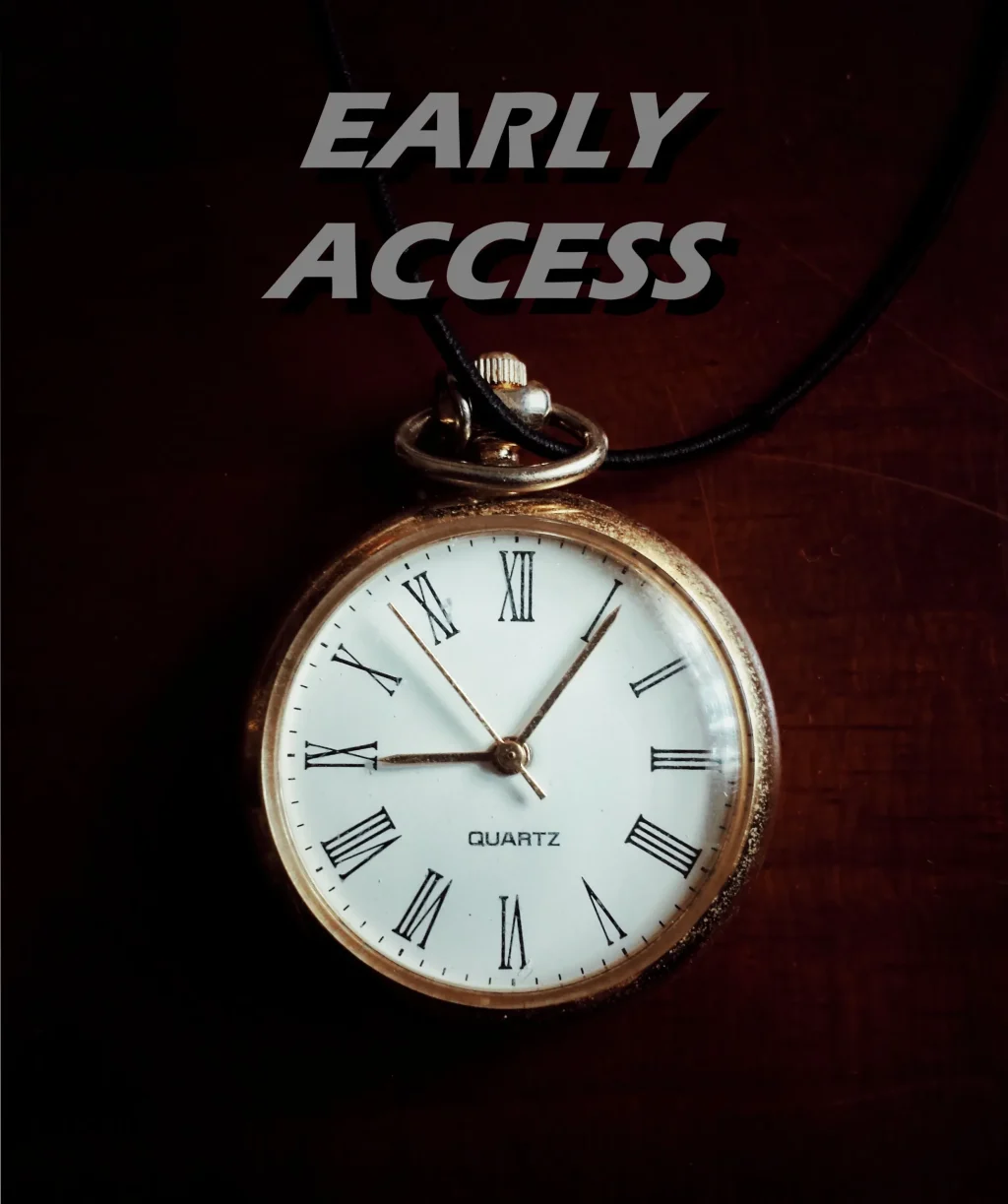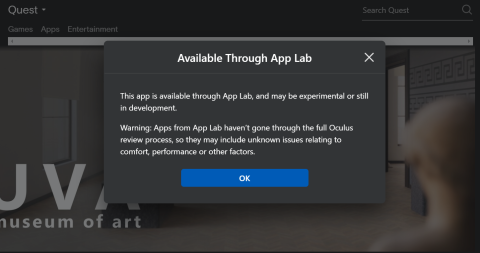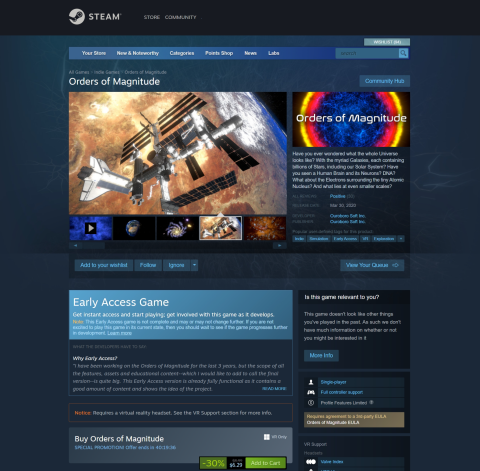
In the world of software development, it’s fairly common to make the decision to offer your app to the public before it’s completely ready. When it just goes to a limited set of people who agree to test it, it’s called beta testing. When it’s closer to release state, it’s often called early access, or preview.
What is “Early Access?”
Software in early access is usually rough around the edges and may have some functions that don’t do anything. It might even have issues so bad that the app can crash. Things that are broken are usually due to problems with the software code. These problems are called “bugs.” If it’s a game, it might not be possible to win depending on the nature of the bug. Other problems might be more minor, such as a wall flickering or visible imperfections in objects or characters. These are called “glitches.”
Why would anyone want bad software?
If you’re excited about an app which won’t be ready for another few months, you might be willing to take your chances with an early version. You might get lucky and not have any bugs that crash or maybe glitches are so minor you won’t notice. Depending on how you use an app, you might only try out areas that are relatively finished. If the developers are creating an app with four rooms, they might feel that the first three are ready to be seen before the last one is finished.
Possible benefits of early software
Often, you can get early access apps for free, even though they will cost money when they’re finished. If you try it and provide feedback, occasionally the developer will say thanks by letting you get the final version for free. Even if not though, you had a chance to see aspects of it without paying anything which is always nice.
Sometimes, preview software will still have a price tag. I’m usually pretty skeptical about paying for something with known issues. There’s always a chance that the developers will give up and decide not to release the full app later. Hopefully, there would be refunds in that case, but I wouldn’t count on it. It also seems questionable to pay full price for the “privilege” of testing something. On the other hand, by being involved early, there might be a chance to provide feedback that gets incorporated into the app.
Some developers choose to see a preview version as a means of raising money. Similar to Kickstarter, you guarantee yourself a copy at the earliest point. The money helps to keep the developers financially stable so they can finish things.
Possible risks of early software
In the world of VR, trying out early previews of apps might mean more than just bugs and glitches. If the developers haven’t completely figured out how to make it comfortable enough yet, it might be unplayable depending on your tolerance. Making the controls work well, allowing locomotion (movement) without nausea, and making the graphics smooth and high-quality may not be ready yet. Of course, if this is the case, stop playing it! Don’t give up on it though. Once the final release comes out, it might feel completely different.
Where do I find early software?
Different stores have different ways to label and offer pre-release software. Following is information for finding early titles on different stores.
Oculus/Meta Store
On the Oculus store, early preview apps are said to be in the “App Lab.” You can’t search for these titles in the regular search. You can find links on the developer’s web site, internet searches, or from articles like on VR Voyaging.

Another option is to use third-party (not affiliated with Meta) web sites that catalog these titles. Examples include App Lab DB and Oculus App Lab | Game List. These are very easy to use and let you browse or search the catalog of early releases just like any other apps.
Steam
On the Steam store, these titles are offered side by side with regular released apps (meaning they are searchable) and called “Early Access.” There’s even an entire section of the site for finding these titles. Since some developers release their apps early for the feedback (maybe to decide if it’s worth finishing it at all), it’s nice to be able to look for titles like these. At time of publishing this article, there are over 140 early access VR titles listed on Steam, although most of them are games.
Titles in early access are designated as such and include details as to why the developers chose to do this. This is great since they often let you know if they are looking for feedback or if it’s just a long development process and they want to let people start seeing it.

Conclusion
By learning about early access and preview software, you gain access to a set of new titles. Be careful about early access titles that aren’t free unless you believe it already offers value or are very confident that it will be finished. VR Voyaging tends to avoid reviewing early access titles since they aren’t ready, but when we do, we’ll update the review once the title is fully released.
Any questions? Other thoughts on preview software? Let’s hear them in the comments!

